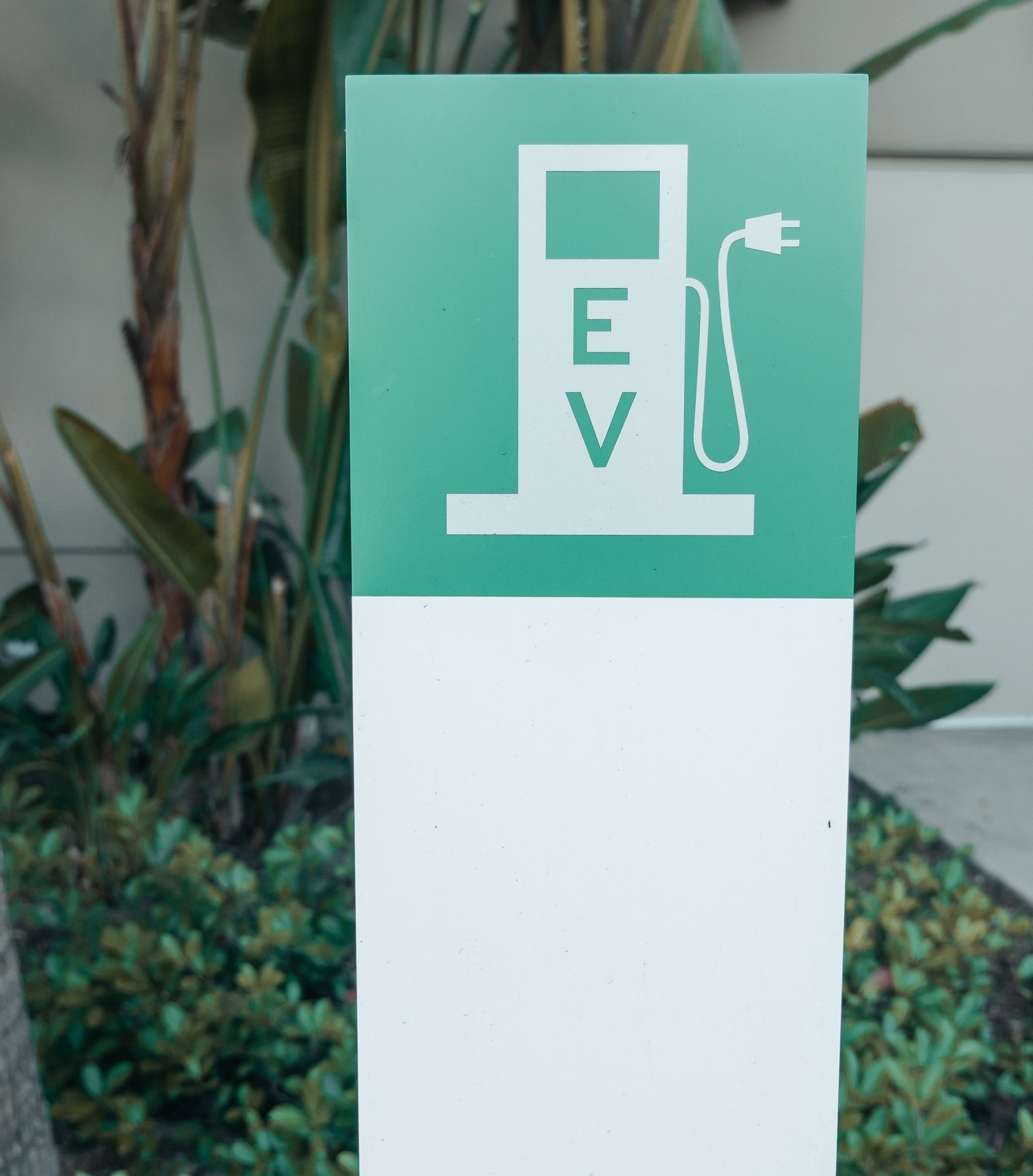The Hoppe Trinity
Hoppe (UK) has welcomed three experienced professionals in logistics, business development and technical sales support. New to Hoppe is logistics...
Read Full Article
Lots of businesses that are running and replacing fleet vehicles on a cycle and that leads to the question ‘when should we invest in electric vehicles’? The answer is now according to Nicola Mahmood of Equans EV Solutions.
She writes: There are currently over 810,000 fully electric cars on the UK’s roads, which is more than double the amount in 2021. Of this figure, 43,000 are vans – highlighting that many businesses are already driving forward the switch to EV. Ownership of electric commercial vehicles has also risen, with vans up some 67.3% (3). This signifies the increased demand for more sustainable transport, supporting the plans to accelerate a greener future for the transport sector.
ICE ban
In addition to the increased demand, the government’s ban on the sale of new internal combustion engine cars will be enforced from 2030 in the UK. This may seem far into the future – however, the reality is that for many businesses, that’s likely just one or two fleet replacement cycles. It’s now more important than ever to start the transition to EV, to ensure your business doesn’t get left behind.
Start small, scale up
If you operate a large-scale fleet, it will typically require significant upfront investment to transition your entire fleet to EV, which many businesses are likely not prepared for. However, it’s important to understand that EV infrastructure doesn't need to be a single, outright investment. Transitioning to EV is completely scalable and the solution you choose should be modular, meaning it can grow in line with business growth.
By starting small and scaling up, you will learn what works for your business and have the flexibility to change your strategy if needed. Having a tried and tested model will provide you with a proof of concept and evidence the feasibility of EV to your stakeholders, before making a large-scale investment and a full fleet transition. Adopting EV should be viewed as scalable programme that works around the demands of your business – not a one-time project.
What’s more, as the industry continues to grow, you will also benefit from developments in technology as you expand your infrastructure.
Invest now to reduce costs
The combination of an ever-increasing need for EVs and continued regulatory pressure, has in turn created a surge in demand for EV infrastructure. In fact, statistics have shown that almost two-thirds of businesses expect to operate a 100% electric fleet in the next four years. With that in mind, as we approach 2030, it’s highly likely that demand will significantly increase as businesses rush to get prepared.
Delaying your transition or waiting until you are forced to switch could result in higher costs and longer lead times. When infrastructure demand increases, wait times for new grid connections will rise, infrastructure providers will have less capacity and charger demand will increase. By investing now, your business can get ahead and in turn, save valuable time and money in the future.
How to get it right the first time
In an attempt to start the process quickly, many businesses make the mistake of investing in electric vehicles before considering their overarching roadmap to EV. This often leads to an ineffective strategy that doesn’t support the needs of the business or fleet drivers. For the transition to EV to be seamless, businesses should look to start the EV infrastructure conversation first. This ensures your entire EV programme is built around your business operation, rather than as a reactive measure.
A good place to start is by mapping out your business and operational needs, in particular where your fleet vehicles are returned to once they’ve been on the road. For example, if your drivers return vehicles to a depot overnight, installing on-site charging is likely to be most suitable. However, if they return to base throughout the day and require a fast charge before their next route, then rapid charging should be taken into consideration.
On the other hand, if your drivers take vehicles home at the end of the day, domestic charging may be considered. Or you may find that a combination of the three works best to keep you fleet on the move in an optimal way.
Work with a partner
Taking all of the operational factors of your business into consideration can be complex and many businesses are unsure where to start, which means they often don’t. This is where involving a charge point delivery partner in the early stages can prove beneficial. Your partner will support you to map out the needs of your fleet and business, including uptime, range and routes, as well as your power availability and required capacity. Ensuring you get this right at the start will make your transition smoother and reduce costs in the long run.
Picture: Have you thought about when the right time will be to invest in electric vehicles? Photo by Kindel Media Photo by Kindel Media: https://www.pexels.com/photo/ev-charging-station-9800007/ Photo by Kindel Media: https://www.pexels.com/photo/ev-charging-station-9800007/
Article written by Cathryn Ellis
17th August 2023